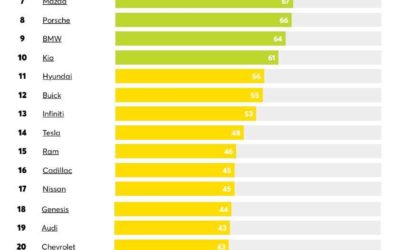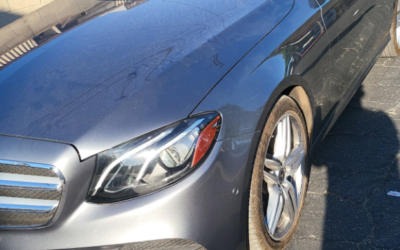Neglecting your vehicle’s persistent plea for refueling might lead to damaging consequences, as running your car on an empty tank can have serious repercussions. Here’s what you need to be aware of:
When the warning light illuminates, it’s indicating that your fuel level has dipped into the reserve range, roughly constituting 10 to 15 percent of your tank’s total capacity. Inside your fuel tank resides a device known as a fuel pump, responsible for transferring fuel from the tank to the engine. The fuel pump relies on the gasoline in the tank to perform its dual role of cooling and lubrication. Operating your vehicle with a near-empty tank results in suboptimal lubrication for the pump, increasing the risk of overheating. The potential outcome is premature pump failure, a costly repair endeavor that should be avoided.
A fuel pump in distress can adversely impact your car’s performance, leading to irregular acceleration or even failure to start altogether.
Additionally, the fuel pump incorporates a fuel filter, which can swiftly accumulate debris if you continue driving with a nearly depleted tank. As sediment and impurities settle at the tank’s base, the fuel filter may become clogged or introduce contaminated fuel into the system, triggering equally expensive consequences.
Disregarding your car’s low fuel warning is an unwise choice, as allowing your car to operate on an almost empty tank could inflict substantial and wallet-draining damage to its fuel system.
Bear this in mind the next time your vehicle urges you to pay a visit to the gas station.
Prioritize safety on the road and ensure you replenish your fuel levels promptly!












